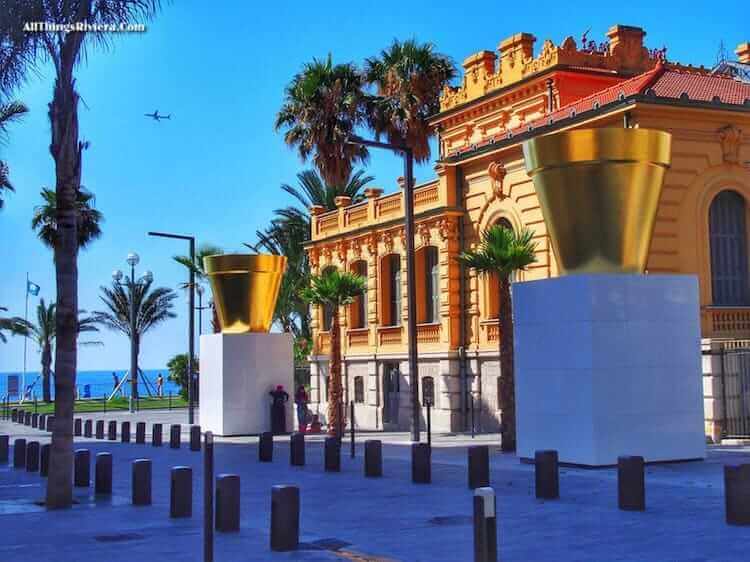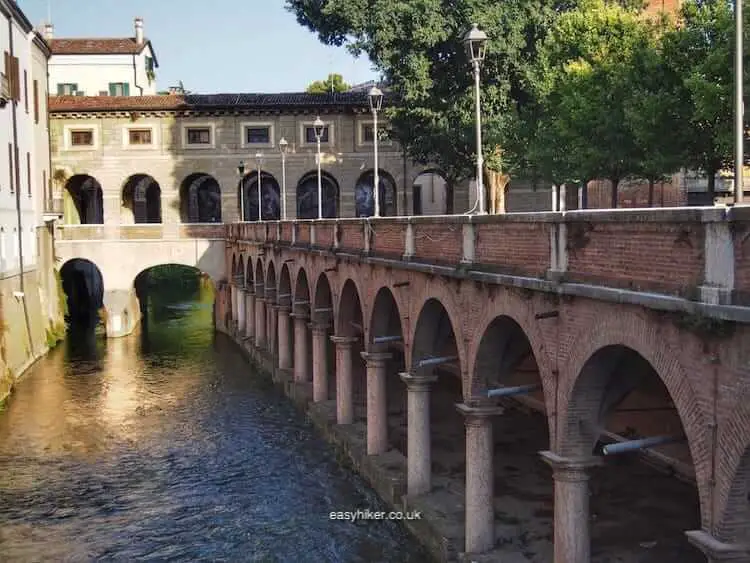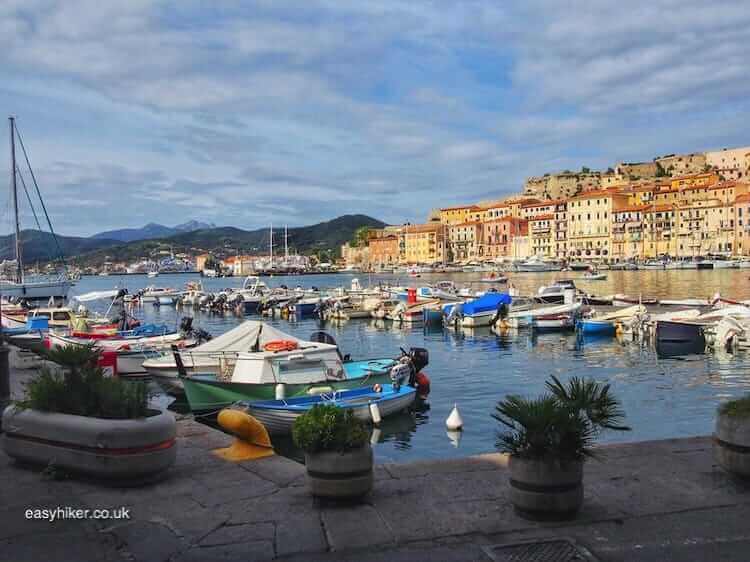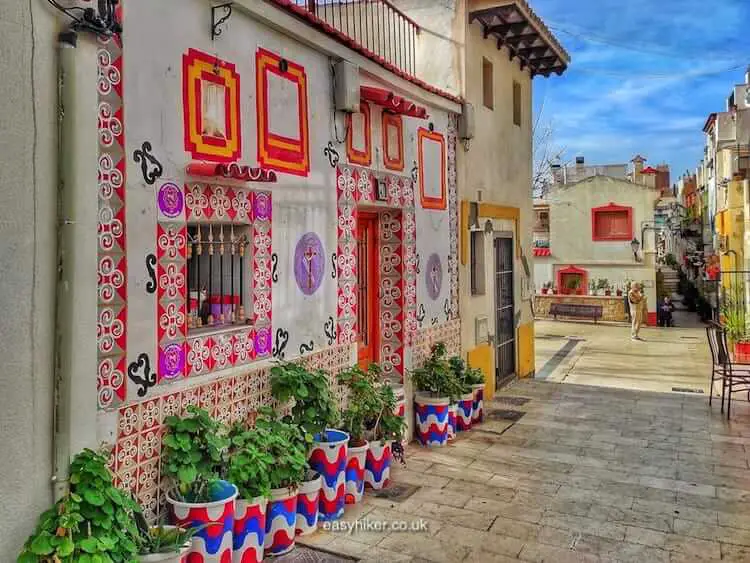For many years, Lecce was the only major tourist destination in the entire mezzogiorno, the bottom of the Italian boot south of Naples. The town likes to style itself as the “Florence of the South” and can bolster this claim with some great architecture from different periods …

… but particularly with its richly decorated landmark facades from the 16th and 17th centuries.

What Lecce does not have – in contrast to the Florence of the North and virtually any other Italian city – are scenic promenades.
Lecce, other than most other large Italian towns, has no access to either the sea or a river, which is why there is no coast or riverbank on which to lay out a lungomare or lungoriva. This is a problem that mainly affects the locals: at any time before 10 o’clock in the morning, joggers – having nowhere else to run – are pounding the city streets and spreading fear and terror among the early-bird pedestrians.
After all, the town’s public gardens are – like all their cousins in Italy – made to sit in, not to walk through, never mind to run through. Lecce’s townscape, for all practical purposes, feels like a desert.
And it looks like one, too: pale yellows dominate the scenery, while green is the rarest colour in the local palette.

But this lack of open green spaces is a problem for the tourists, too: after a day or two in the city, they are in need of fresh air, and when they escape to the near-by coast to take a breather, this becomes a problem for Lecce’s tourist economy as well.
The imperative for the addition of a new dimension, an airy and colourful one, to the Lecce experience has therefore been recognized for some time, and Italy’s National Trust has been working for years to develop an urban walking route.
A New Dimension for the “Lecce Experience”
This “new dimension” of the Lecce townscape will, according to the plan, possess three dimensions: the ancient city walls will give the walking route length and distance …

… while height and bulk will be provided by the cornerstones of the old fortifications such as the Porta Napoli.

The gardens of the Palazzo Giaconia, finally, add depth and then fill this depth with colour and excitement.

The new urban walking route, however, is still a project “in continuous evolution” as the official brochure for the “Wall Experience” so sweetly puts it.
The good news is that some individual elements of the route can be visited already: above all the gardens which can be freely entered from a doorway on Piazzetta dei Peruzzi or from the Parco delle Mura.

The Palazzo Giaconia was constructed in 1546 for Angelo Giaconia, the Bishop of near-by Castro di Puglia. It was built against the interior surface of the fortifications – they had been recently completed – in such a way that it uses some of them as outer walls.
Following a recent renovation, the palazzo is in relatively good nick again, but the original layout of the gardens has been lost and destroyed. We know, however, that this layout was far more complex than what we see today and that it featured artificial grottoes, fish tanks, and ornamental ponds.
The 16th century garden also included several large fountains – something to which the modern landscaping design appears to allude, albeit on a far more modest scale.

The garden packs a surprising amount of variety into a small spot. In the section furthest away from the fortifications, lushness and abundance of colour make the space feel rather crowded and jungle-like, but this is then complemented by another section which feels more like a formal park.
If you come from the town centre and enter via the gateway on Piazza dei Peruzzi, we suggest you explore the gardens first and then walk up to the pergola on top of the wall from where you can best appreciate the clear outlines of the lay-out.

This section of the wall is also the only one which is currently open to the general public. It is quite clearly designed to become one of the highlights of the planned route.

More work, however, is needed on the other side of the walkway. The Parco delle Mure in its present shape comes across as rather bleak, offering little more than a bare lawn which is accentuated by a short row of newly planted trees.

Which looks like a wasted opportunity. There is no reason why something similar to the gardens of the Palazzo Giaconia could not be created here. Ideally, such a design would also include some tree-lined footpaths, something the locals – including the joggers – could also enjoy.
Recent archaeological works just under the moat of the castle have also unearthed the remains of a Roman road which possibly dates from the 3rd century BC. It would be nice if this could be meaningfully integrated into the Wall Experience.

The plans also include the construction of a Welcome Centre, the provision of guided tours in English and the establishment of a museum with artifacts from the various periods during which the fortifications were in use.
So when will all these efforts to improve the Lecce experience be deliver its fruits? Here is my advice: don’t hold your breath. Things take their time in Italy, sometimes a very long time, and the dusty streets of Lecce will – for the foreseeable future – continue their exclusive hold on tourists, joggers and easy hikers.







